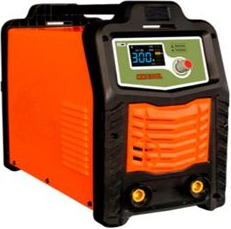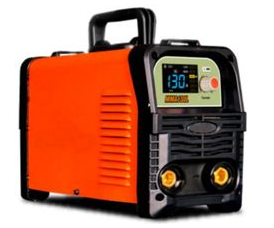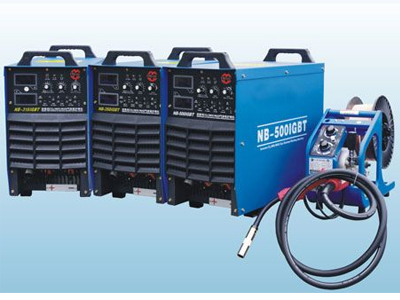Welding machines are essential tools for various industries, including construction, automotive, manufacturing, and more. Understanding how these machines work, their different types, and their applications can help you choose the right one for your needs. Here’s a comprehensive guide to everything you need to know about welding machines.
1. What is a Welding Machine?
A welding machine is a device that generates the heat needed to join metals together. It does this by creating an electric arc between an electrode and the metal workpieces, melting them so they fuse together as they cool. Welding machines come in various types, each suited for different welding techniques and materials.

MMA Welding Machine
2. Types of Welding Machines
There are several types of welding machines, each with unique characteristics and uses:
MIG Welding (Metal Inert Gas)
MIG welding machines use a continuous wire feed as an electrode and a shielding gas to protect the weld from contamination. They are ideal for welding thicker materials and are commonly used in automotive and construction industries.
TIG Welding (Tungsten Inert Gas)
TIG welding machines use a tungsten electrode that produces the weld, with a separate filler material added by hand. They provide precise control and are suitable for thinner materials and high-quality welds, often used in aerospace and piping industries.
Stick Welding (Shielded Metal Arc Welding - SMAW)
Stick welding machines use a consumable electrode coated in flux. The flux provides a shielding gas and slag to protect the weld from contamination. These machines are versatile and can be used for various materials and thicknesses, making them popular in construction and repair work.
Flux-Cored Arc Welding (FCAW)
Similar to MIG welding, FCAW uses a continuous wire feed. However, the wire is flux-cored, providing its shielding gas. This method is excellent for outdoor welding and thicker materials, often used in shipbuilding and heavy equipment manufacturing.
3. Key Features to Consider
When selecting a welding machine, consider the following features:
Power Supply
Welding machines can be powered by AC, DC, or both. AC is typically used for aluminum welding, while DC is preferred for most other materials.

MMA Welding Machine
Duty Cycle
The duty cycle indicates how long a welding machine can operate continuously before needing to cool down. Higher duty cycles are better for prolonged welding tasks.
Amperage Range
The amperage range determines the machine's welding capability. Higher amperages allow for welding thicker materials, while lower amperages are suitable for thinner materials.
Portability
Depending on your needs, you may require a portable welding machine. Consider the machine's weight and whether it has wheels or handles for easy transport.
4. Applications of Welding Machines
Welding machines are used in various industries for different applications, including:
Construction
Used for building structures, bridges, and infrastructure projects.
Automotive
Essential for manufacturing and repairing vehicles, including bodywork and frame welding.
Manufacturing
Used in the production of machinery, appliances, and industrial equipment.
Aerospace
Critical for fabricating aircraft components and ensuring structural integrity.
Shipbuilding
Involved in constructing and repairing ships and marine structures.

Inverter CO2/MAG Welding Machine
5. Maintenance and Safety Tips
Proper maintenance and safety practices are crucial for the longevity of your welding machine and the safety of the operator:
Regular Maintenance
Keep the machine clean, inspect cables and connections, and replace worn parts to ensure optimal performance.
Proper Ventilation
Ensure adequate ventilation to avoid the buildup of harmful fumes and gases.
Use Safety Gear
Always wear appropriate safety gear, including a welding helmet, gloves, and protective clothing, to protect against burns, sparks, and harmful UV radiation.
Follow Manufacturer Guidelines
Adhere to the manufacturer’s instructions for operation and maintenance to ensure safe and efficient use of the welding machine.
Questions and Answers
Q: What type of welding machine is best for beginners?
A: MIG welding machines are often recommended for beginners due to their ease of use and versatility.
Q: Can I use the same welding machine for different materials?
A: Some welding machines are more versatile than others. For example, MIG and TIG welders can handle a variety of materials, but it's essential to use the appropriate settings and consumables for each material.
Q: How do I determine the right amperage for my welding project?
A: The required amperage depends on the thickness and type of material you are welding. Refer to welding charts and manufacturer recommendations to select the appropriate amperage.
Understanding the various types of welding machines and their features can help you choose the right tool for your specific needs. Whether you are a professional welder or a hobbyist, investing in a quality welding machine can significantly enhance your projects and productivity.








